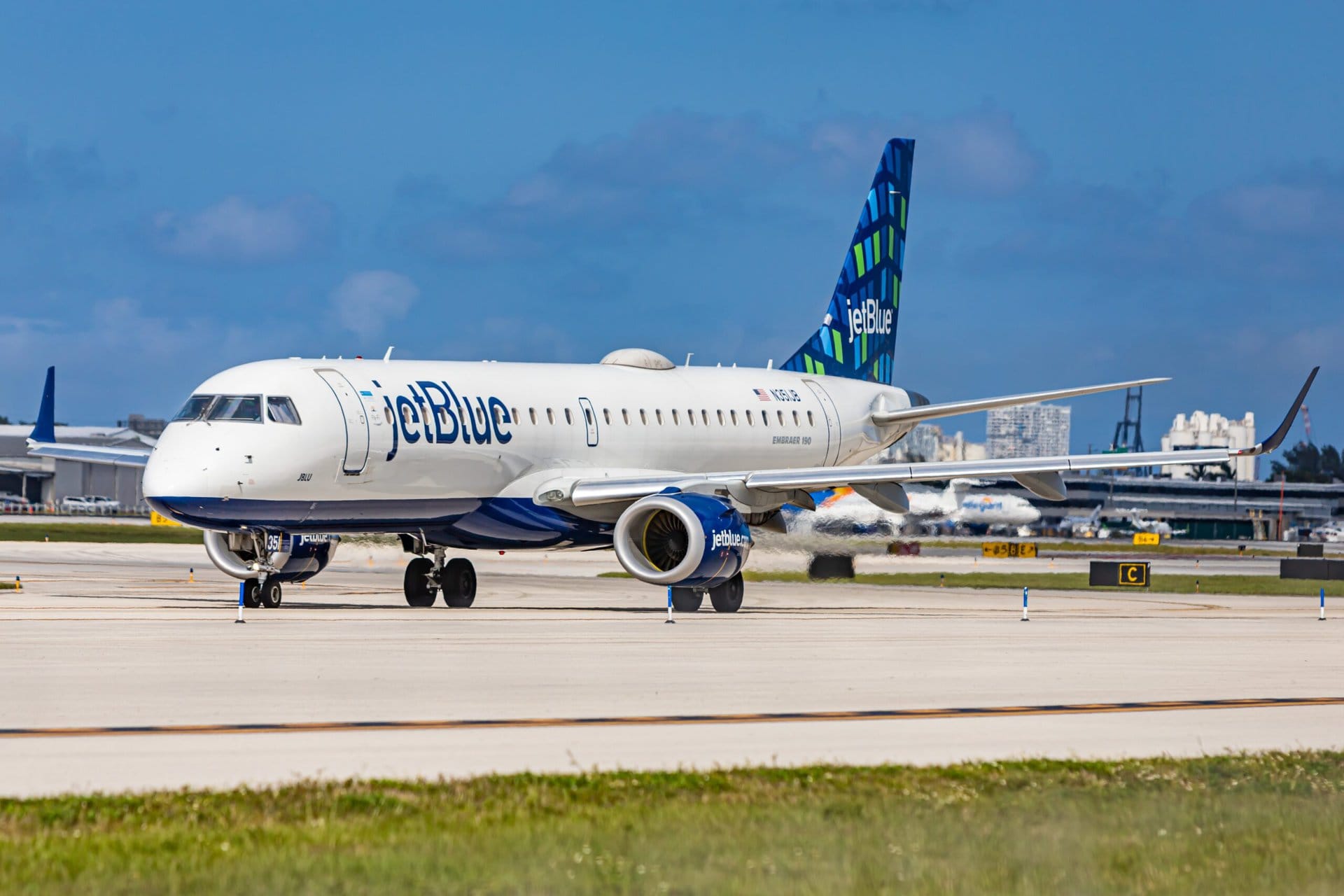Car Rental Prices Hold Steady in the U.S., But Expect Spikes Abroad
Car rental prices are stabilizing globally, but U.S. business travelers face rising rates and regional surprises. Here’s what to expect.
by George Gomez
July 14, 2025

Photo: Courtesy of Raban Haaijk / Unsplash
After several years of pandemic-era whiplash—marked by empty lots, high rates, and fleet shortages—business travelers heading to the rental counter in 2025 can finally expect a smoother ride. But beneath that surface calm, global economic tensions, evolving travel habits, and regional quirks mean that rental car prices are far from a one-size-fits-all equation.
According to the new Ground Monitor 2025-26 report from American Express Global Business Travel (Amex GBT), U.S. rental car rates are expected to rise modestly, by about 1.5 percent to 1.9 percent—roughly in line with inflation. For many road warriors and corporate travel managers, that’s welcome news after the post-COVID spikes that pushed rental costs to record highs in 2022.
Still, this is no time to shift into cruise control.
US: A Measured Rebound
In the United States, the report paints a picture of cautious stabilization. Supply chains that once wreaked havoc on rental company fleets have largely mended. Vehicle availability has improved. And competition among providers is helping to keep price hikes modest.
Sara Andell, Director of Consulting Strategy at Amex GBT Consulting, summed it up: “After years of disruption, we’re now seeing car rental prices begin to stabilize across many countries.” But she added a word of caution—“the picture isn’t uniform.”

Photo: Courtesy of Hertz
While demand and supply are finding a new equilibrium, Andell noted that pricing remains sensitive to fast-moving geopolitical and economic developments. In the U.S., ongoing trade friction, including tariffs on Chinese electric vehicles, is one such pressure point that could affect rental costs down the line—especially if automakers and fleet managers are forced to recalibrate their sourcing strategies.
In Canada, a slightly higher price climb is expected, with forecasted increases between 2.5 percent and 3.0 percent. But again, that’s a tame figure compared to the volatility of recent years.
Europe: A Tale of Two Markets
Across the Atlantic, Europe offers a more fragmented and at times unpredictable picture.
In the UK, rental rates are expected to spike by as much as 5 percent to 7 percent in 2025. The reasons are both structural and behavioral: labor shortages have made delivery and collection services more expensive, yet British corporate travelers continue to favor these add-ons. Add in the financial pressures of electrifying fleets—spurred on by government mandates and corporate sustainability goals—and costs are expected to surge, particularly in urban markets.

Photo: Courtesy of Sixt
Belgium tells a similar story, with rates forecast to rise 4 percent to 6 percent. In France and Germany, business travelers will see a moderate 3 percent to 5 percent climb, mostly due to residual demand-supply imbalances and efforts by rental companies to recoup past losses.
Meanwhile, in the Netherlands and Nordic countries, rental costs are expected to hold steady, with little to no change expected. These markets benefit from higher EV penetration, efficient transit alternatives, and better-aligned local demand.
Emerging Challenges in Latin America and Asia-Pacific
Further south, Argentina stands out with a sharp expected rise of 5 percent to 7 percent. Inflation, currency volatility, and economic uncertainty remain key drivers here, making the market unpredictable for international corporate travelers.
In Australia, the forecast is equally steep, ranging from 3 percent to 7 percent.

Photo: Courtesy of Obi / Unsplash
Pricing here is driven by seasonal surges in demand, capacity constraints in remote regions, and uneven recovery across cities. Travel managers sending staff to mining hubs or coastal sites should budget accordingly.
Brazil and Chile appear more stable, with Brazil showing a broad range from -3 percent to +3 percent, reflecting both the country’s economic instability and occasional overcapacity in its fleet markets.
A Closer Look: 2025–26 Car Rental Rate Forecast
| Country | Projected Change |
|---|---|
| United States | +1.5% to +1.9% |
| Canada | +2.5% to +3.0% |
| UK | +5.0% to +7.0% |
| Belgium | +4.0% to +6.0% |
| France | +3.0% to +5.0% |
| Germany | +3.0% to +5.0% |
| Netherlands | +0.0% to +2.0% |
| Nordics | +0.0% to +2.0% |
| Argentina | +5.0% to +7.0% |
| Brazil | -3.0% to +3.0% |
| Chile | +0.0% to +5.0% |
| Australia | +3.0% to +7.0% |
Mobility Strategy
The Ground Monitor report doesn’t just offer numbers—it offers guidance. In 2025, mobility programs can no longer operate in silos. The most resilient travel policies, the report argues, are those that are interconnected across departments and built with flexibility in mind.
For example, corporate travel managers are being encouraged to rethink how their companies use delivery and collection services. With labor shortages making these conveniences more costly and less reliable, working with providers that offer pickup alternatives—particularly in non-airport locations—can help maintain traveler satisfaction while reducing costs.

Photo: Courtesy of Viktor Avdeev / Unsplash
There’s also a strong case for integrating car rental programs with broader fleet management efforts, involving departments like HR, procurement, and legal. This collaboration not only improves availability and negotiating leverage but also streamlines data collection and reporting.
Another shift? The gradual inclusion of ride-share platforms like Uber and Lyft into corporate travel policies. Younger employees increasingly expect them as an option, and the electronic receipts they generate make compliance and expense reporting more seamless. While companies have traditionally hesitated due to duty-of-care concerns, that’s changing with better visibility into trip data and rider tracking.
Preparing for What Comes Next
Autonomous vehicles may not be part of most business travel policies just yet, but they’re no longer science fiction. In several cities, AV ride-hailing services have already logged more than a million monthly rides.
While regulatory and insurance hurdles remain, companies that begin analyzing the implications now—on risk, liability, and vendor selection—will be ahead of the curve when the technology matures.

Photo: Courtesy of Zac Ong
For now, the takeaway is clear: Ground transportation may finally be moving out of the pandemic’s shadow, but regional quirks, geopolitical tremors, and shifting traveler preferences mean that managing mobility still requires careful attention.
“A well-managed, flexible ground program—one that can adapt to change and continue delivering value globally—is more important than ever,” said Andell.
For U.S.-based business travelers and their companies, that means planning for moderate price increases but also making smart, localized decisions on how, when, and with whom they ride.




